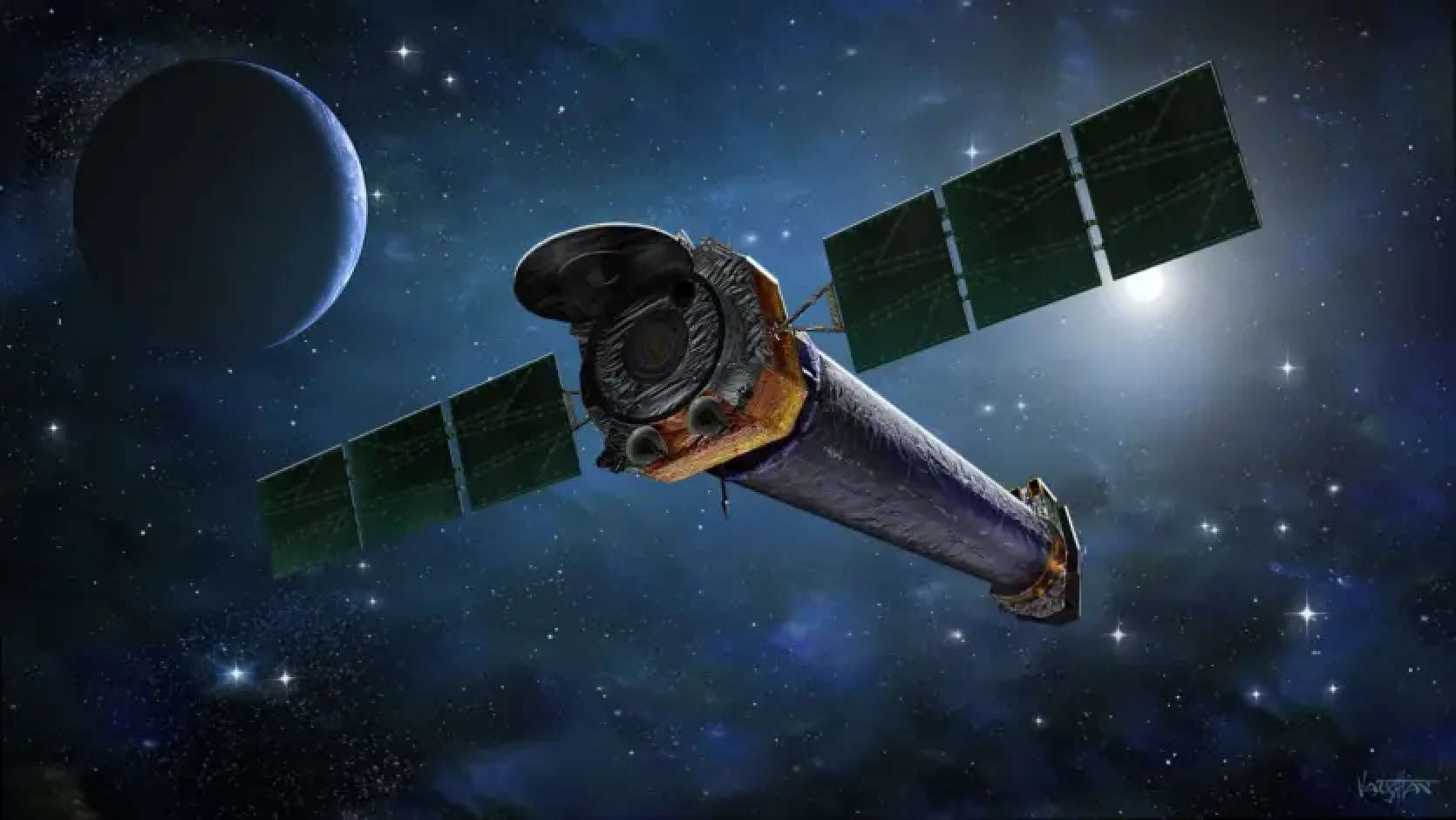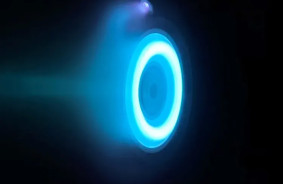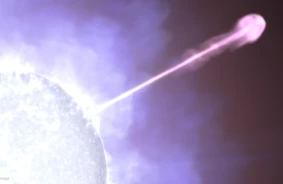Researchers utilized data from NASA's X-ray telescope to create a three-dimensional map of stars near the Sun, aiding the search for potentially habitable planets.
The Chandra Space Telescope has produced a three-dimensional map of stars located between 16.3 and 49 light-years from the Sun. This proximity allows telescopes to gather wavelengths of light or "spectra" from planets within the habitable zones of these stars. This zone, known as the "Goldilocks Zone," is the region around a star that is neither too hot nor too cold, allowing for the presence of liquid water on a planet's surface.
The Chandra X-ray Observatory is a NASA space observatory dedicated to exploring the universe in the X-ray range. It is one of the most powerful X-ray telescopes, enabling astronomers to investigate high-temperature phenomena such as black holes, supernovae, and clusters of galaxies. Its observations have significantly expanded our understanding of the structure and evolution of the universe.
The team of scientists analyzed data from Chandra's 10-day observations and 26 days of observations from the XMM-Newton telescope of the European Space Agency. They determined the brightness of stars in the X-ray range, the energy of this radiation, and the rate of its variation.
Sarah Peacock from the University of Maryland stated:
“We found stars where the X-ray environment in the habitable zone is similar to or even milder than that in which Earth developed. Such conditions could play a crucial role in maintaining a rich atmosphere similar to Earth’s.”
Researchers note that some of the stars studied already have known exoplanets with masses and sizes similar to those of the gas giants in our Solar System. However, there may also be undiscovered Earth-like planets in these systems.
Edward Schwieterman from the University of California, Riverside, summarized:
“These X-ray data help refine and prioritize the list of targets and could enable us to obtain the first images of Earth-like planets more quickly.”
The results of the study were presented at the 244th meeting of the American Astronomical Society in Madison, Wisconsin.
Source: Space














Comments (0)
There are no comments for now